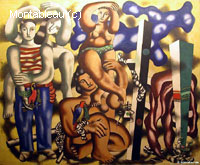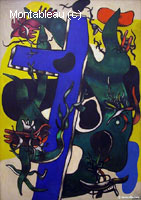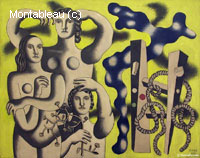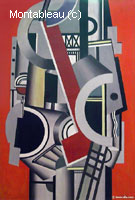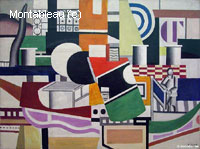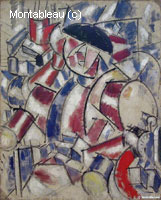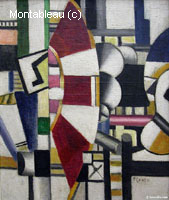Reproduction tableaux : l’art à la main, chez vous
Vous aimez l’art classique, mais vous rêvez de le faire entrer dans votre quotidien ? Ici, chaque reproduction de tableaux est peinte à la main, dans un véritable atelier, avec le souci du geste juste. Que vous souhaitiez acheter des reproductions de tableaux pour offrir ou simplement embellir votre intérieur, vous êtes au bon endroit : celui où l’émotion prend forme, sur toile.
Pourquoi choisir une reproduction pour décorer votre intérieur ?
Il y a des œuvres qui traversent le temps, et d’autres qui traversent nos vies. Une reproduction de peinture, ce n’est pas une simple copie : c’est une nouvelle interprétation, fidèle et sensible, d’un tableau qui vous touche. Chez nous, chaque toile est réalisée à la main, à la peinture à l’huile, sur toile de lin – pour un rendu authentique, sans compromis.
Et pour ceux qui veulent acheter copie tableaux en ligne sans stress, notre site est fait pour vous simplifier la vie : navigation fluide, commande sécurisée, contact direct avec l’atelier… Le tout, без jamais perdre la chaleur du geste artisanal. Que ce soit pour une ambiance raffinée, un souvenir d’enfance ou une passion artistique, une belle reproduction transforme un mur… et souvent un peu plus que ça.
Offrez-vous un tableau reproduction sur toile à vendre, signé par des artistes expérimentés
Chez MonTableau.com, pas de production à la chaîne. Chaque tableau et reproduction et le fruit d’un travail minutieux, réalisé à la main par des artistes, offrant de leur talent pour redonner vie aux chefs-d’oeuvre.
Vous rêvez d’une copie tableau de maître aux bonnes dimensions, avec ou sans cadre, fidèle jusque dans la texture du pinceau ? C’est possible. Chaque commande est adaptée selon vos envies, et expédiée avec soin, où que vous soyez. Parce qu’un tableau ne devrait jamais être un compromis, mais un choix sincère – celui de faire entrer l’art, le vrai, chez soi.
Des classiques de l’art à portée de main : reproduction tableau célèbre
Certaines images marquent à vie. Une reproduction de tableau célèbre, c’est l’occasion de faire entrer chez vous un peu de Monet, de Van Gogh ou de Klimt… sans passer par une salle des ventes. Chaque toile est copiée à la main, dans le respect des techniques d’origine, pour retrouver l’âme du chef-d’œuvre. Parce que l’émotion n’a pas besoin d’être inaccessible.
- Un service artisanal, humain et réactif
- Une peinture à l’huile sur toile, jamais imprimée
- Une vraie liberté dans le choix des formats et des finitions
- Une expérience fluide, du premier clic à la livraison
Envie d’acheter des reproductions de tableaux ? Parcourez nos collections, laissez-vous inspirer et offrez-vous une œuvre qui a du cœur. L’art vous attend… il ne reste plus qu’à choisir la toile qui vous parle.
